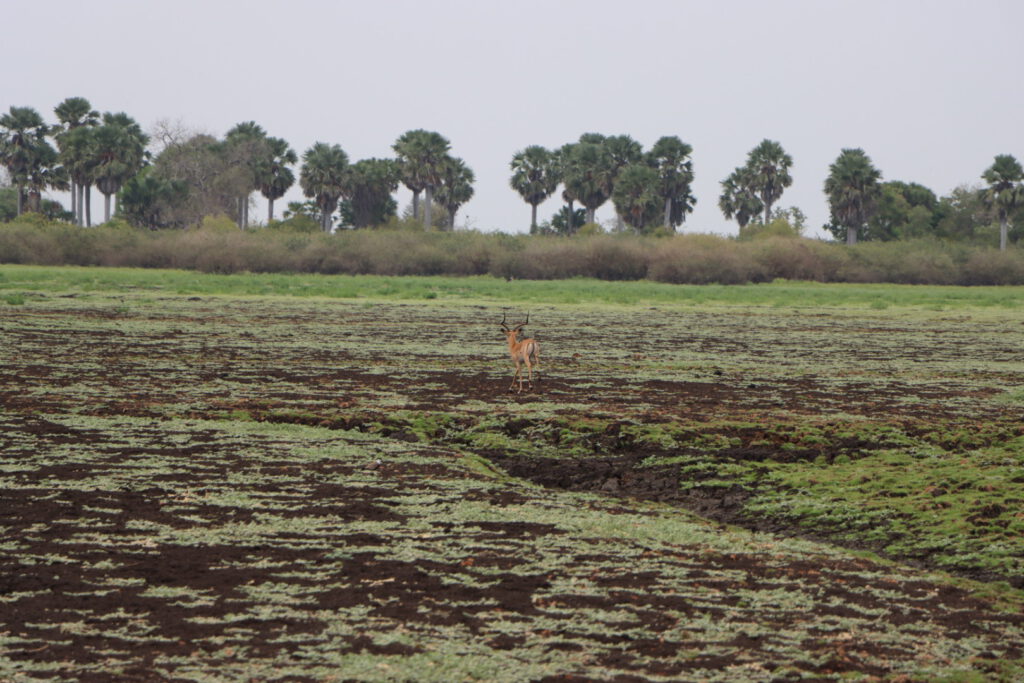A Comprehensive Guide to the Diverse Wildlife of Nyerere National Park
Nyerere National Park, formerly part of the Selous Game Reserve, stands as one of Africa’s largest protected wilderness areas, encompassing an astonishing 30,893 square kilometers of unspoiled habitats. Located in southeastern Tanzania, this park offers a glimpse into some of the most pristine ecosystems in the world, where rivers, wetlands, woodlands, and savannahs converge to support a breathtaking diversity of wildlife.
In this detailed exploration, we will take you on a journey through the park’s ecosystems and delve into the lives of its remarkable inhabitants, from the famed big cats and mighty elephants to rare birds, aquatic giants, and lesser-known species. We’ll also highlight the best places in the park to observe these animals and address critical conservation issues, ensuring a comprehensive view of this natural wonder.
An Overview of Nyerere National Park’s Ecosystems
Nyerere National Park’s vastness is characterized by diverse ecosystems that provide a sanctuary for a wide array of species. Key habitats within the park include:
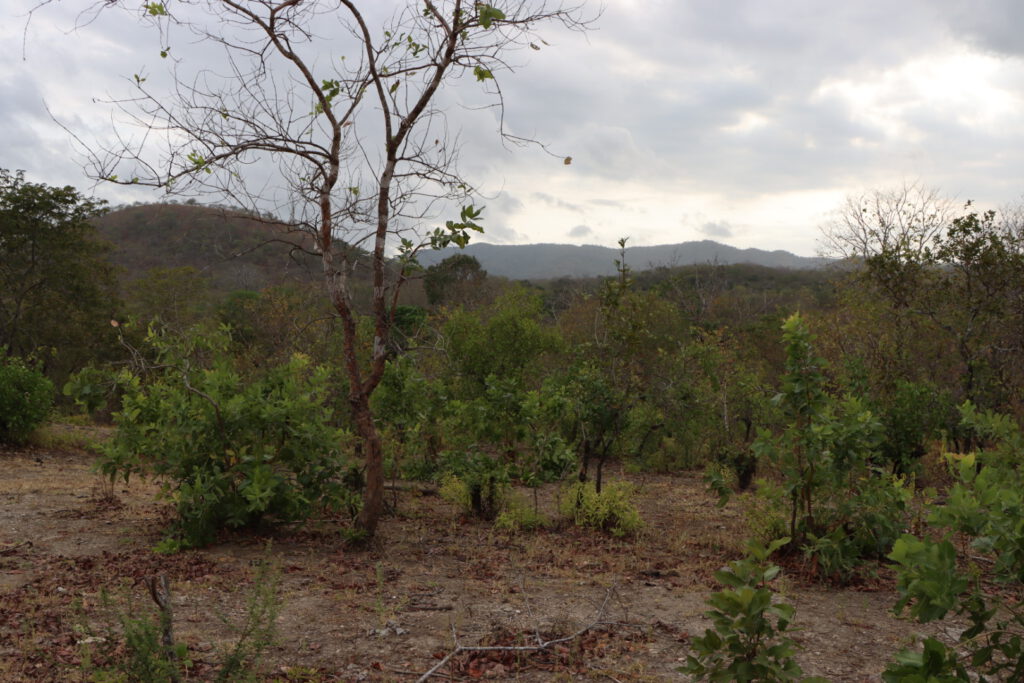
- The Rufiji River System
The lifeblood of the park, the Rufiji River, is the largest waterway in East Africa. Its intricate network of channels, oxbow lakes, and floodplains is a hub of wildlife activity. The riverbanks and surrounding wetlands attract large mammals like elephants, hippos, and buffalo, as well as hundreds of bird species. - Woodlands and Grasslands
The park’s miombo woodlands and open savannahs provide vital grazing and hunting grounds for herbivores and predators alike. These areas are home to iconic species such as giraffes, lions, and zebras. - The Beho Beho Hills
Rising above the plains, the Beho Beho Hills offer a mix of rocky outcrops, dense vegetation, and cooler temperatures. This region is particularly favored by leopards and antelope species like kudu and dik-dik. - Lakes and Wetlands
Numerous lakes, including Lake Tagalala and Lake Nzerakera, are teeming with aquatic life. These water bodies are hotspots for hippos, crocodiles, and waterbirds, making them ideal for both game drives and boat safaris.
Big Cats: Masters of the Hunt
Lions
Nyerere National Park is home to one of the largest lion populations in Africa, with an estimated 4,000 individuals spread across its landscapes. These apex predators thrive in the open plains and grassy floodplains near lakes such as Manze and Nzerakera, where prey is abundant.
Lions in Nyerere exhibit fascinating social structures. Prides typically consist of related lionesses and their cubs, while males form coalitions to protect territories and mates. Visitors often witness lions resting under acacia trees during the heat of the day or engaging in group hunts at dawn and dusk. The floodplains near the Rufiji River are particularly productive areas for lion sightings.
Leopards
The elusive leopard is a true symbol of wilderness and stealth. In Nyerere, leopards are most commonly found in the Beho Beho Hills and the dense riverine forests near the Rufiji River. These solitary hunters prefer areas with ample cover, allowing them to stalk prey undetected.
Leopards are excellent climbers and can often be seen lounging on tree branches during the day. Their diet is diverse, ranging from small antelope to monkeys and even birds. Spotting a leopard requires patience and a sharp eye, but the reward is unforgettable.
Cheetahs: Not Present
Despite being present in other Tanzanian parks like Serengeti, cheetahs are notably absent from Nyerere. This is due to the park’s dense vegetation and wetlands, which are unsuitable for their high-speed hunting style.
Elephants: Gentle Giants of the Wilderness
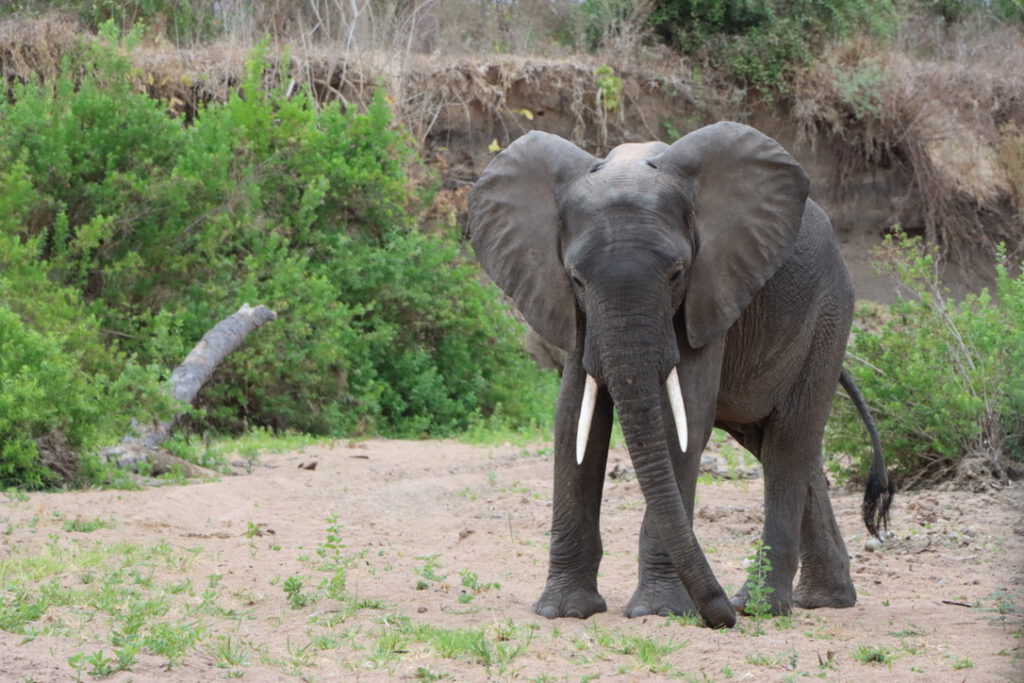
Nyerere National Park is home to thousands of African elephants, making it one of the best places to observe these intelligent and social animals in their natural habitat.
Where to See Elephants
Elephants are most commonly found along the Rufiji River and in the woodlands surrounding Lake Tagalala. During the dry season, they congregate in large numbers near water sources, creating incredible opportunities for close encounters.
Behavior and Social Structure
Elephants in Nyerere live in family groups led by matriarchs, older females who guide the herd. These groups often include young calves, adolescents, and related females. Male elephants, on the other hand, are usually solitary or form loose bachelor groups.
Elephants play a crucial role in shaping the park’s ecosystem. By foraging on trees and shrubs, they create open spaces that benefit other species. However, this keystone species has faced threats from poaching in the past. Conservation efforts, including anti-poaching patrols, have been instrumental in stabilizing their numbers.
Aquatic Giants: Hippos and Crocodiles
The Rufiji River and its associated lakes are teeming with life, with hippos and Nile crocodiles reigning as the dominant aquatic species.
Hippos

Hippos are abundant in Nyerere, particularly in Lake Tagalala and along the Rufiji River. These semi-aquatic mammals spend most of their day submerged in water, emerging at night to graze on nearby grasslands. Hippos are social animals, living in pods that can include dozens of individuals.
While they may appear docile, hippos are highly territorial and can be aggressive if threatened. Boat safaris provide a safe and thrilling way to observe these massive creatures up close.
Nile Crocodiles
Crocodiles, the apex predators of Nyerere’s waterways, are formidable hunters. They rely on stealth and patience, ambushing prey that comes to drink at the river’s edge. Crocodiles are frequently seen basking on riverbanks or gliding just below the water’s surface.
Antelope: A Diverse Array of Graceful Herbivores
Nyerere National Park boasts an impressive variety of antelope species, ranging from the towering eland to the diminutive dik-dik.
Impala
One of the most common antelope in the park, impalas are often seen grazing in herds near water sources. Their agility and speed make them a favorite target for predators like lions and leopards.
Greater Kudu
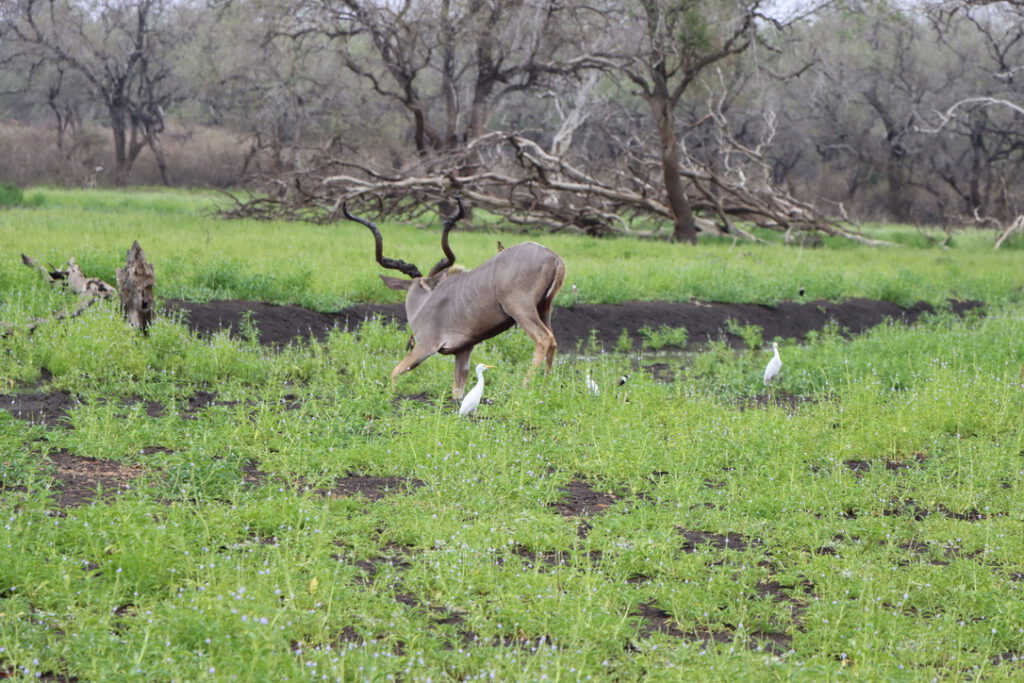
With their striking spiral horns, greater kudus are among the most majestic antelopes in Nyerere. They prefer woodland habitats, where their cryptic coloration helps them blend into the environment.
Sable Antelope
Sable antelopes are a rare but rewarding sight in the park’s miombo woodlands. Their jet-black coats and long, curved horns make them one of Africa’s most striking animals.
Dik-dik
The smallest antelope in Nyerere, dik-diks are shy and elusive. These tiny creatures are often spotted darting through the underbrush in the Beho Beho Hills.
Birdlife: A Paradise for Ornithologists
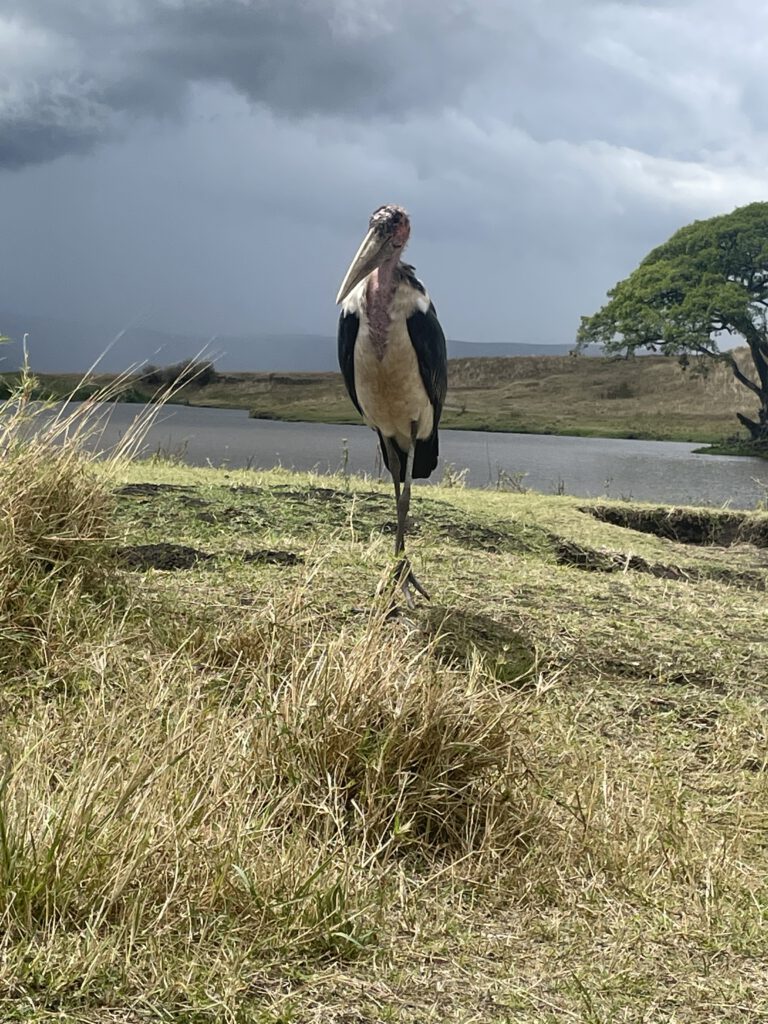
Nyerere National Park is a haven for birdwatchers, with over 400 recorded species.
Raptors
- Fish Eagles: Often seen perched near the Rufiji River, fish eagles are expert hunters.
- Bateleurs: These striking birds of prey are common in the park’s open areas.
Waterbirds
- Pelicans and Storks: Large flocks of these birds congregate around lakes and wetlands.
- Kingfishers: Brightly colored kingfishers are frequently spotted along the riverbanks.
Other Notables
- Lilac-breasted Roller: A favorite among photographers for its vibrant plumage.
- Bee-eaters: These agile birds can be seen catching insects in mid-air.
The Lost Icon: Black Rhinos
Black rhinos once roamed Nyerere National Park, but rampant poaching during the 20th century led to their local extinction. Efforts are now underway to reintroduce black rhinos from Mkomazi National Park, where a successful breeding program is helping to restore the species. This initiative could mark a turning point in the park’s conservation story.
Where to Spot Wildlife in Nyerere National Park
- Rufiji River: Ideal for boat safaris and sightings of hippos, crocodiles, and waterbirds.
- Lake Tagalala: A prime location for aquatic wildlife and birdwatching.
- Beho Beho Hills: Known for leopards, kudu, and smaller antelope species.
- Lake Nzerakera: A hotspot for lion and buffalo sightings.
- Miombo Woodlands: Home to elephants, sable antelopes, and giraffes.
Conservation Challenges and Future Prospects
Nyerere National Park faces ongoing threats from poaching, human-wildlife conflict, and unsustainable tourism practices. However, efforts by the Tanzania National Parks Authority (TANAPA) and conservation organizations are helping to protect its unique ecosystems. Responsible tourism, including adherence to park rules, is crucial for ensuring the park’s long-term survival.
Conclusion
Nyerere National Park is a testament to Africa’s unparalleled biodiversity. From the open floodplains to the
